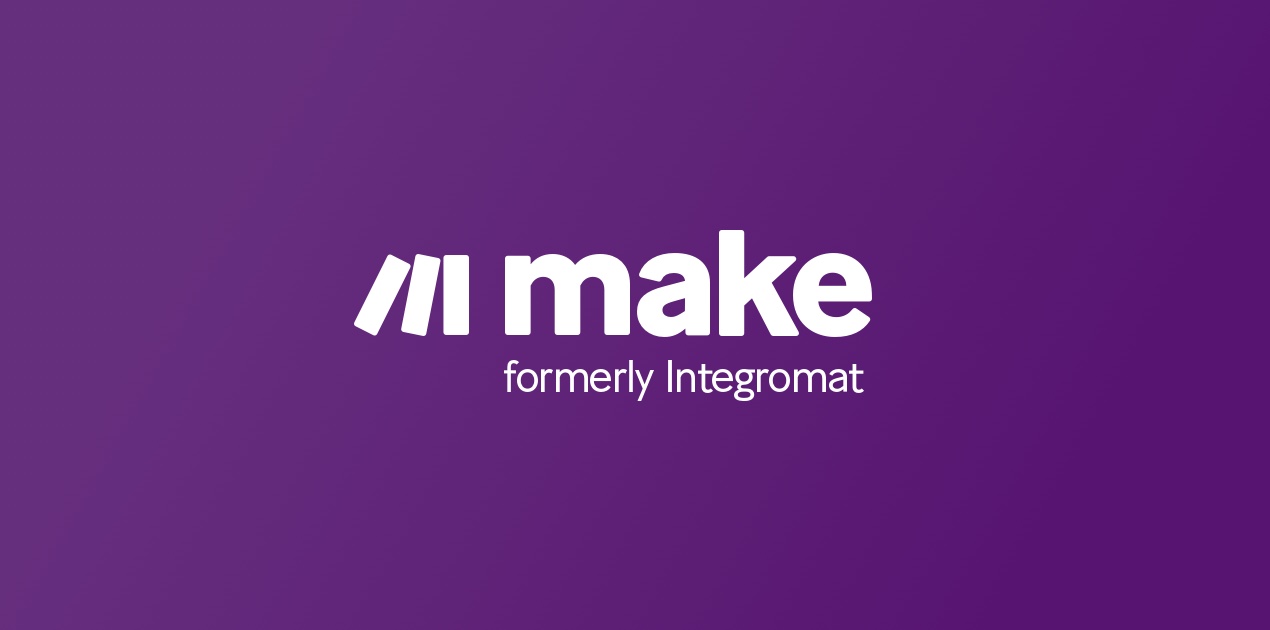“Behind-the-Scenes: Leveraging n8n as Your Integration Engine”
The boom in Software-as-a-Service (SaaS) has brought numerous diverse services into our businesses. But the silos these multiple services may exist in can, paradoxically, diminish their efficiencies. This is where automation tools such as n8n come in handy. In this article, we will explore using n8n as an integration engine behind the scenes of your SaaS and how this could improve your overall business operation.
n8n is an open-source tool that provides an intuitive visual interface for creating and managing automated workflows, such as syncing data across your multiple SaaS, triggering certain actions based on predefined events, and so on. But could you use n8n’s API to dynamically create and activate these workflows? And what are the implications of doing so? Let’s delve into these questions.
Imagine a scenario where you are running a SaaS startup, a Shopify-like eCommerce platform. Integrating your platform with other services is a crucial aspect. Yet, it can be labor-intensive and time-consuming to write integrations for all the services you want to work with. Instead, you could leverage n8n to expedite the process.
By using n8n as a backend integration engine, you could provide your users with a multitude of ready-to-use workflows for integrating with multiple services. Users could then activate these workflows from your “App Store” like UI, and then the magic of n8n would enhance your service’s functionalities without you having to write each integration from scratch.
However, this approach would come with certain constraints and considerations.
Firstly, your users wouldn’t interact with n8n itself. This raises questions about setting up workflows. One possibility would be to predefine workflows for popular integrations and simply activate them on behalf of users via n8n’s API whenever they request it. Essentially, n8n would be operating behind the scenes, without any visual intervention from the end-user.
Secondly, you need to consider how each user’s data will be managed within the workflows. Unlike traditional usage where each instance of n8n typically has only one user, serving multiple users from a single engine would be quite a different ballgame.
In order to overcome these constraints, one possible approach could be the implementation of user segregation within n8n. Currently, there is no built-in mechanism for running a single instance of n8n with multiple authenticated users. Still, you could theoretically run individual n8n instances for each user, employing their unique user identification and running each instance on a separate port they would authenticate into.
Lastly, the scalability of your n8n deployment is crucial. As your user base expands, so does the demand on the n8n server. You need to ensure that the n8n system not only has the capacity to handle anticipated traffic but can also deal with sudden spikes. Moreover, the system needs to be robust enough to handle crash recovery and security protocols.
In conclusion, while using n8n as a behind-the-scenes integration engine offers considerable advantages, such as rapid integration capability and enhanced product feature, careful planning regarding its implementation, user segregation, and system scalability is crucial. Furthermore, it is important to be aware of the ‘Fair-Code’ licensing terms, which might affect the commercial deployment of n8n as a service.
With a balanced approach and careful planning, using n8n could greatly simplify and enrich your SaaS service, offering a plethora of third-party integrations without having to build each one from scratch.

